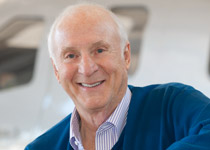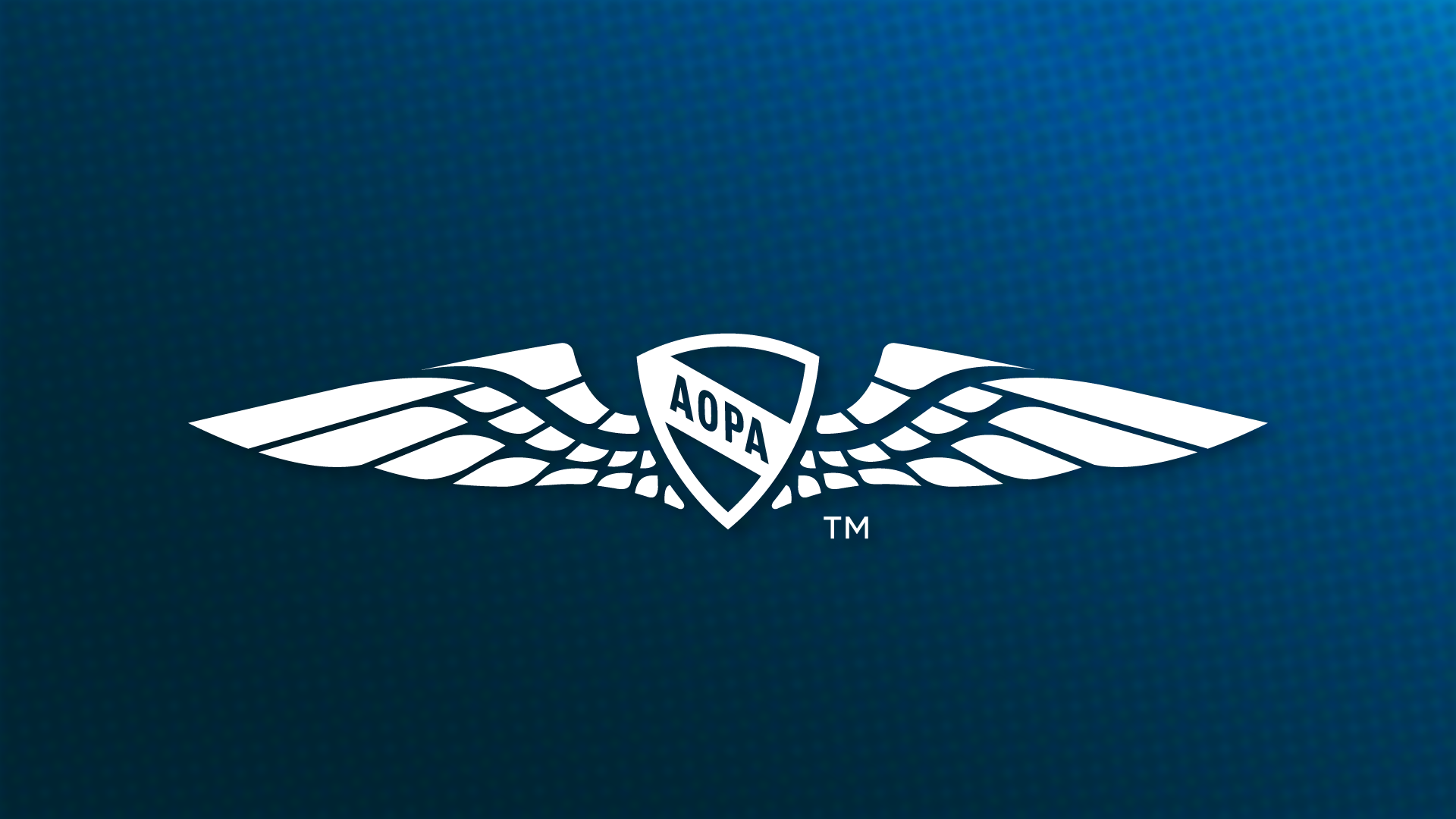
Illustration by John Sauer
- A major challenge in designing a helicopter to fly on Mars is that the density of the atmosphere near the surface of the red planet is the same as found at an altitude of ______ feet above the surface of the Earth.
- True or false? A pilot uses the observed indicated airspeed of his conventional airspeed indicator to obtain calibrated airspeed. This is then corrected for temperature and pressure altitude, which results in true airspeed.
- From reader Greg Stovall: In which of the following states can a pilot make the longest one-way flight along a great-circle course that is wholly contained within that state?
A. California
B. Florida
C. Montana
D. Texas - When a pilot makes an early morning departure, he might say that he is embarking on a dawn patrol. What is the origin of the term dawn patrol?
- What was the first four-engine airliner manufactured and used in the United States?
- Some researchers contend that Lt. Cmdr. Richard E. Byrd and his pilot, Floyd Bennett, did not get to the North Pole on their flight of May 9, 1926. If this contention is correct, who was first to fly over the Pole and in what aircraft?
- In what type of airplane did more than 90 percent of all American navigators and bombardiers receive training during World War II?
- Global positioning system (GPS) signals are transmitted from satellite to receiver on frequencies in the _______ band.
A. L/MF (30-3,000 kHz)
B. HF (3-30 MHz)
C. VHF (30-300 MHz)
D. UHF (300-3,000 MHz)
Test Pilot Answers
- Approximately 115,000 feet. The air density on the surface of Mars is less than 1 percent of the density of the air on the Earth at sea level. The pint-size Mars helicopter weighs 4 pounds on Earth but only 1.5 pounds on Mars. It has two counterrotating rotors consisting of four wide-chord blades. Rotor speed is 2,400 rpm.
- False. This procedure fails to consider instrument error, which varies from one airplane to the next, even airplanes of the same make and model.
- The correct answer is A. The longest great-circle route is close to 720 nautical miles long and is in California. It extends from the northwest corner of the state (near Crescent City) to the southeast corner (near Yuma, Arizona). Texas is a close runner-up.
- Dawn patrol was a military term referring to a flight departure at dawn for the purpose of observing any shift in enemy lines or ground forces that might have occurred during the night.
- Beginning in 1929, 10 Fokker F–32s were built by the Fokker Aircraft Corporation of America in Teterboro, New Jersey. The F–32 carried 32 passengers and a single nacelle under each high wing contained one pusher and one tractor engine.
- The “second” flight to the North Pole followed the Byrd flight by three days. Roald Amundsen, Lincoln Ellsworth, and Umberto Nobile flew there in the Italian dirigible, Norge.
- Variants of the venerable Beech Model 18 (Twin Beech), which were commonly known as the AT–7 Navigator and the AT–11 Kansan.
- The correct answer is D. The 24 satellites (21 plus three spares) transmit on two UHF frequencies, 1227.6 and 1575.42 MHz.

Barry Schiff
Barry Schiff has been an aviation media consultant and technical advisor for motion pictures for more than 40 years. He is chairman of the AOPA Foundation Legacy Society.


